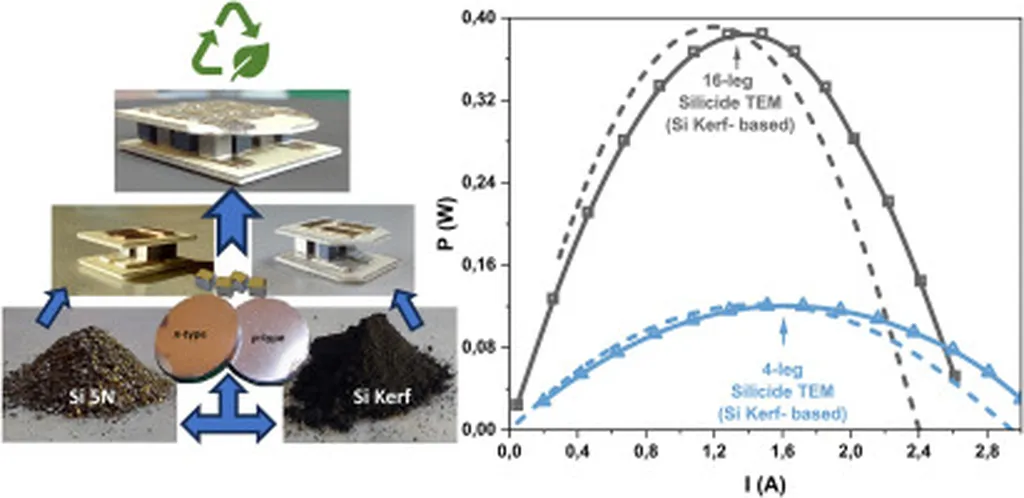In the quest for sustainable energy solutions, researchers are turning to an unlikely hero: iron silicide. A recent study published in *Science and Technology of Advanced Materials* (translated as *Advanced Materials Science and Technology*) sheds light on strategies to improve the thermoelectric performance of iron silicide-based materials, offering promising avenues for the energy sector.
Iron silicide, specifically β-FeSi2, has garnered attention for its abundance, non-toxicity, and environmental compatibility. Unlike traditional thermoelectric materials that often rely on rare or toxic elements, iron silicide presents a more sustainable alternative. “Its conduction flexibility allows a wide range of dopants to tune transport behavior, creating opportunities for improved performance,” explains Sopheap Sam, lead author of the study and a researcher at the Department of Industrial and Mechanical Engineering, Faculty of Electrical Engineering, Institute of Technology of Cambodia.
The study highlights recent advances in enhancing the thermoelectric performance of β-FeSi2-based materials. One of the key challenges addressed is the dopant solubility limits and the formation of secondary phases, which can hinder performance. By understanding the interplay between phase evolution, electrical, and thermal transport, researchers can pave the way for more efficient thermoelectric materials.
The implications for the energy sector are significant. Thermoelectric materials convert heat directly into electricity, offering a clean and efficient energy solution. With improved performance, iron silicide-based materials could be integrated into waste heat recovery systems, automotive exhaust systems, and industrial processes, thereby reducing energy waste and emissions.
Sam’s research provides a roadmap for future developments in the field. “We outline prospects that may unlock further improvements, offering pathways toward higher thermoelectric efficiency in this material system,” Sam notes. This could lead to more widespread adoption of thermoelectric technologies, contributing to a more sustainable energy landscape.
As the world seeks to transition to renewable energy sources, the role of advanced materials like iron silicide becomes increasingly important. This research not only advances our understanding of thermoelectric materials but also opens up new possibilities for innovation in the energy sector. With continued research and development, iron silicide could become a cornerstone of sustainable energy solutions, driving progress toward a greener future.

